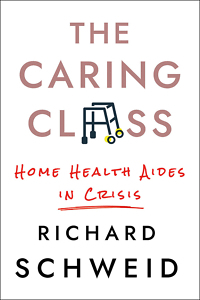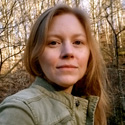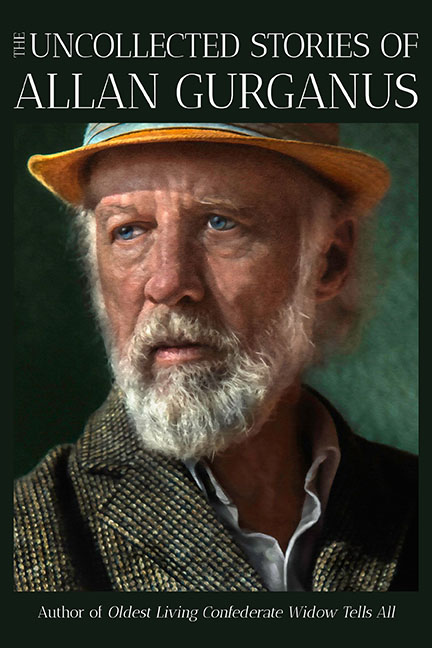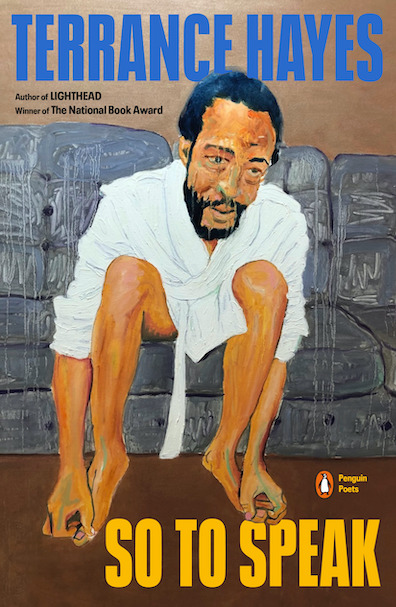Reality Orientation
In The Caring Class, Richard Schweid examines the world of home health aides
When Richard Schweid first set out to learn about the nuts and bolts of home-based healthcare jobs in 2017 — resulting in his latest book, The Caring Class: Home Health Aides in Crisis — he could not have predicted that COVID-19 would erupt in a global public health emergency. But our heightened collective attention on healthcare and frontline health workers brings Schweid’s subject into sharp focus.
 A former Nashvillian who spent a decade reporting for The Tennessean, Schweid has written books on a wide range of subjects encompassing everything from the intelligence of the octopus and histories of eels and cockroaches to humanity’s longing for immortality and the realities of families experiencing homelessness. Now, in The Caring Class, Schweid focuses his curiosity on the formidable struggles faced by home health aides (HHAs), the sizable force of women doing the thankless work of caring for our country’s elderly and disabled populations within their own homes.
A former Nashvillian who spent a decade reporting for The Tennessean, Schweid has written books on a wide range of subjects encompassing everything from the intelligence of the octopus and histories of eels and cockroaches to humanity’s longing for immortality and the realities of families experiencing homelessness. Now, in The Caring Class, Schweid focuses his curiosity on the formidable struggles faced by home health aides (HHAs), the sizable force of women doing the thankless work of caring for our country’s elderly and disabled populations within their own homes.
HHAs — who are mostly women of color, often immigrants — face tremendous stress as they fight to keep vulnerable patients nourished, free of infection and injury, and safe from various household dangers, all for minimum wage pay. Despite these demands, flexible scheduling and relatively accessible (sometimes minimal) training make becoming an HHA attractive to many women looking for substantive entry-level work. HHAs often go on to become certified nursing assistants (CNAs). Since CNAs usually work in nursing home settings, they have faced particular danger and stress during the COVID-19 pandemic — for only slightly more pay.
Schweid’s window into this crucially important field of healthcare is Cooperative Home Care Associates (CHCA), located in the South Bronx. An employee-owned model for home care workers, CHCA serves clients throughout the Bronx. The women who tend to apply for CHCA jobs have already faced profound challenges. Many have witnessed violence, experienced homelessness, become mothers as teenagers, and withstood abandonment or abuse.
Schweid follows a group of these women during their month of intense training and then reports on their first bracing forays into the field. During these assignments, they immediately confront the challenging medical demands and unpredictable (even threatening) personalities to be found in their clients’ homes.
 To cope with these responsibilities, the HHAs’ training emphasizes the fundamental vulnerability that their clients face. “They were studying the geography of old age,” Schweid writes, “learning how the years break us down physically and mentally.” The trainees also learn about the experience of disabled patients, who may reach this stage of dependency at any age. Schweid’s book makes it clear that no one is exempt from the possibility of needing care or confronting the realities of caregiving.
To cope with these responsibilities, the HHAs’ training emphasizes the fundamental vulnerability that their clients face. “They were studying the geography of old age,” Schweid writes, “learning how the years break us down physically and mentally.” The trainees also learn about the experience of disabled patients, who may reach this stage of dependency at any age. Schweid’s book makes it clear that no one is exempt from the possibility of needing care or confronting the realities of caregiving.
In this respect, The Caring Class is itself a kind of “Reality Orientation,” a training term for a method of helping clients with Alzheimer’s ground themselves in the truth of their current circumstances. Coming to grips with the contemporary circumstances of caregiving has never been more crucial. As our elderly population explodes in number, professionals like HHAs become essential to the basic functioning of our communities.
Threaded throughout the book are discussions of numerous aspects of the HHA profession, including the various ways in which the women performing this vital work have been squeezed out of their industry’s profitability. Schweid examines economic models for HHA agencies, the history of how our current cultural framework for elder care came into being, and the potential risks and benefits of robotic healthcare aides. Crucially, Schweid concentrates one chapter on the specific struggles that immigrant HHAs endure.
Schweid acknowledges the vast difference in perspective between the HHAs and himself, “an un-pierced, un-tattooed old white male,” and some passages in the book do reflect that disparity. However, Schweid’s intentions for his book seem to include shattering privileged readers’ illusions about the harsher aspects of caregivers’ lives. Occasional moments of awkwardness in his descriptions of their South Bronx world feel like the sincere depiction of someone’s illusions falling away.
The class’s curriculum teaches HHAs to approach their clients with “EARS,” an acronym for “Empathy, Acceptance, Respect, Support.” Schweid treats his subjects and their community with the same generosity of heart and purpose. He places these women and their stories in the foreground, and the entire book benefits from that choice.
Schweid approaches the dilemmas within the home health aide profession from numerous informative angles, but his writing remains broadly accessible. As a result, The Caring Class is easy to imagine in the hands of undergraduates, or even thoughtful high schoolers, studying all manner of subjects related to the social sciences or public health.

Emily Choate is the fiction editor of Peauxdunque Review and holds an M.F.A. from Sarah Lawrence College. Her fiction and nonfiction have appeared in Mississippi Review, Shenandoah, The Florida Review, Atticus Review, Tupelo Quarterly, Bayou Magazine Online, Late Night Library, and elsewhere. She lives near Nashville, where she’s working on a novel.


